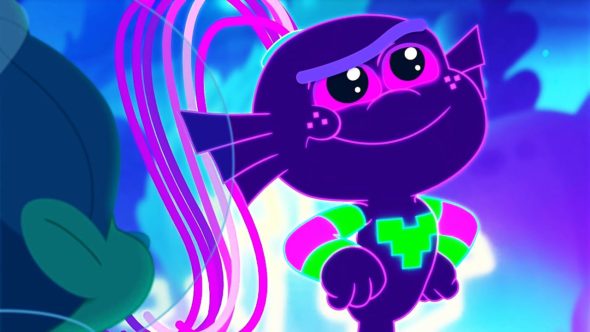#Vogue cover girl and WWII spy

“#Vogue cover girl and WWII spy”
Then came World War II.
A new book, “Toto & Coco” (Kelvin House), tells the parallel wartime stories of these two fashion plates and the wildly divergent paths they would take — one cozying up with the Nazis; the other risking her life to fight fascism.

“They went totally different ways,” author Alan Frame told The Post.
Indeed. Chanel spent the war holed up in the Ritz with her Gestapo lover, Baron Günther von Dincklage. Koopman, meanwhile, spied for the British, joined the Italian Resistance and endured horrors in Ravensbrück, Hitler’s concentration camp for women.
“The contrast between Chanel living throughout the war in the Ritz, and Toto living in caves, in jail in Italy and then in Ravensbrück — it was so dramatic,” said Frame.
Koopman was born in 1908 to a Dutch cavalry officer and his half-Javanese wife in Indonesia. Her real name was Catharina, but her family called her “Toto,” after her father’s favorite horse, from infancy. She had a glitzy childhood: pet kangaroos and elephants, servants and nannies, boarding school in Holland and finishing school in London. By the time a 19-year-old Toto ran off to Paris, in 1928, she spoke Dutch, French, English, German and Italian.
“The fact that she could speak five languages fluently certainly helped in her becoming a spy,” said Frame.
Koopman captivated the City of Light right away, posing in the finest couture for Vogue — becoming the magazine’s first biracial cover model — and sleeping with both men and women, including the actress Tallulah Bankhead. She landed a job as Chanel’s house model, but left after six months. “[Chanel] was a bully,” Koopman would later say, though the women remained social for much of the 1930s and ’40s.
In 1934 Koopman began an affair with 55-year-old William Maxwell Aitken, aka Lord Beaverbrook, a Canadian-British newspaper baron and wartime cabinet minister. (She later ditched him for his son, a dashing pilot, whom she considered the love of her life.) Beaverbrook used the bright model to gather intelligence and gossip for his newspapers, and she eavesdropped on conversations at the opera and other high-society events throughout Europe.
During one of her trips to Rome, Koopman learned that Mussolini was planning to invade Ethiopia using poison gas, which he did several months later. While staying with Chanel at the Ritz, she learned that the Duke and Duchess of Windsor were planning to go to Germany and try to work out a peace agreement with Hitler.

“She had great powers of observation and a great memory,” said Frame. “It also helped that she was a very attractive woman.” Koopman wasn’t above seducing the enemy: Her conquests included a German intelligence officer, a Gestapo officer stationed in Holland and, allegedly, Mussolini’s son-in-law.
Yet in 1940, while stationed in Florence, Koopman left the glamorous world of espionage and joined the gritty Italian Resistance.
“I thought I could join for a while and then report back from the hotel,” she later said. But “once I was in, I became totally immersed.”
She lived in caves, subsisting on foraged squirrels. “I think I missed not going to the hairdresser most . . . and I missed privacy,” the model said. “There certainly wasn’t much of that living from place to place with so many men.”
Koopman helped blow up enemy supplies and connect Jews and escaped detainees to Resistance networks between bouts in jail.
The Gestapo caught up with Koopman in 1943 and sent her to Ravensbrück. The women who avoided execution had to perform slave labor, hauling wheelbarrows piled with dead bodies, and even forced sterilization. “I would rather have been shot immediately than to endure this,” Koopman later said.
She did endure, however, and after the camp was liberated in 1945, eventually settled in Switzerland and again in London, where she helped her new companion, lesbian Resistance member Erica Brausen, run an art gallery representing the likes of Francis Bacon. She died in 1991 at the age of 82, after suffering a stroke.
“It would have been very easy for Toto to sit out the war, having this comfortable, well-heeled life that she was used to,” Frame said. “But fortunately there was something in her that said, ‘No, I can’t do this; I have to stand up for what I know is right.’ She was incredibly brave.”
For forums sites go to Forum.BuradaBiliyorum.Com
If you want to read more News articles, you can visit our News category.




